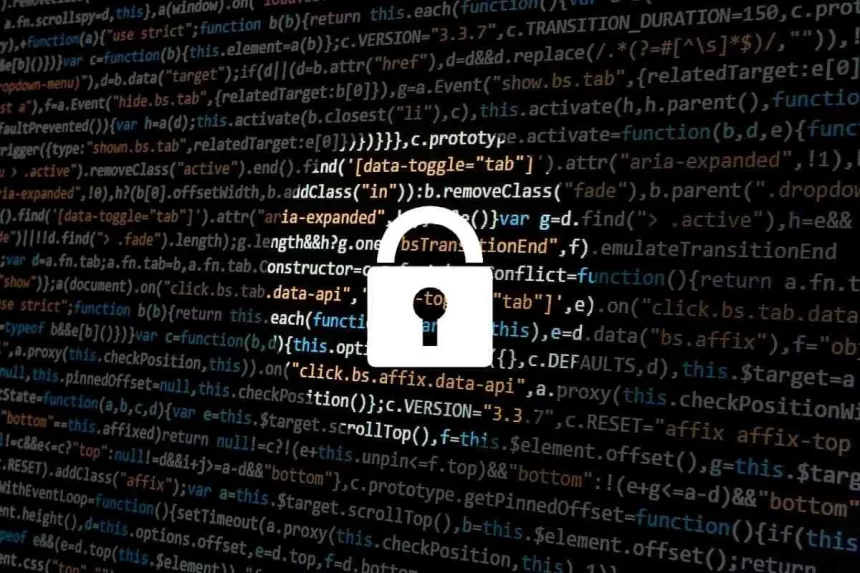A big debate is currently raging on whether Artificial Intelligence (AI) is a good or bad thing in terms of its effect on human life. As more and more businesses are using AI to meet their needs, it’s time to examine the possible Impact of Artificial Intelligence on Cybersecurity.
Beneficial Applications of Artificial Intelligence on Cybersecurity
Biometric logins are increasingly being used by scanning fingerprints, retinas, or palm prints to establish stable logins. It can be used alone or in combination with a password and is found in most modern smartphones already. Large corporations are the targets of security breaches that compromise of email addresses, personal details, and passwords. Experts in cybersecurity have consistently reiterated that passwords are highly vulnerable to cyberattacks, compromising personal information, credit card information, and numbers of social security. All of these are reasons why biometric logins are a positive addition to cybersecurity through AI.
AI can also be used to identify threats and other potentially harmful behaviors. Conventional systems cannot keep up with the sheer number of malware generated each month, so this is a prospective area for AI to step in and tackle this problem. Cybersecurity companies teach AI programs to detect viruses and malware with the use of complex algorithms so that AI can then run pattern recognition in applications. AI systems can be trained until it reaches the network to recognize even the smallest behaviors of ransomware and malware attacks and then isolate them from the program. It may also use predictive functions that surpass conventional approach speeds.
[Read also:How AI and Machine Learning used in Cyber Security]
Systems running on AI unlock the capacity for natural language processing that automatically gathers information by combing posts, news, and cyber threat studies. This knowledge will provide insight into events, cyber threats, and methods for stopping them. This helps cybersecurity firms to stay up-to-date on the current threats and time frames, and build sensitive strategies to protect organizations.
AI systems can also be used to provide access to their users in multi-factor authentication situations. Different users of an organization have different levels of privileges of authentication, which also rely on the location from which they access the data. By using AI, the authentication system may be much more complex and real-time and can adjust access rights depending on the user’s network and location. Multi-factor authentication gathers user information to identify this person’s actions and to assess the user’s privileges for entry.
In order to use AI to its fullest potential, the right cybersecurity firms who are familiar with AI must implement it. While malware attacks could occur in the past without leaving any evidence of the vulnerability on which it attacked, AI will interfere to protect information security firms and their customers from attacks even when multiple professional attacks occur.
Limitations and Drawbacks of Impact of Artificial Intelligence on Cybersecurity
Some restrictions prohibit AI from being a mainstream tool used in the industry. Organizations will need an enormous amount of resources, including memory, data, and computational power, to construct and maintain an AI system. Furthermore, as AI systems are trained by studying data sets, cybersecurity firms need to get their hands on certain different sets of malware codes, non-malicious codes, and anomalies. It can take a very long time and money to collect all of these reliable data sets that specific organizations cannot afford.
Another disadvantage is that hackers can also use AI themselves to test and improve their malware to become AI-proof potentially. In reality, AI-proof malware can be extremely damaging, as it can learn from existing AI tools and create more sophisticated attacks to infiltrate conventional cyber protection programs or even AI-boosted systems.
Solutions to AI Limitations
Knowing these drawbacks and disadvantages, it’s clear that AI is a long way from being the only solution for cybersecurity. While integrating conventional approaches with AI technologies would be the best option, so companies should keep those strategies in mind while implementing their information security strategy:
• Employ a cybersecurity company with professionals with experience and skills in different facets of cybersecurity.
• Check the cybersecurity team for any possible problems in all the systems, networks, and repair them immediately.
• Use URL filters to block malicious connections that may have a virus or malware.
• To secure your devices, enable firewalls and other malware scanners and have these continuously modified to suit the revamped malware.
• Track the outgoing traffic and apply the exit filters to restrict traffic of this kind.
• Monitor the current cyber threats and security protocols regularly to get details about which risks you should first handle and build the security policy accordingly.
• Perform routine hardware and software audits to ensure that the devices are in good condition and working correctly.
Taking these measures can help reduce many of the risks associated with cyber-attacks, but understanding that the organization is still at risk of an attack is crucial. Prevention is not enough because of this, and collaboration is also needed with the cybersecurity team to build a plan for recovery. While Impact of Artificial Intelligence on Cybersecurity is being discussed, it is also being created by hackers. Since it is still being built and its potential is far from being met, we cannot yet say if it would be beneficial or harmful to information security one day.










